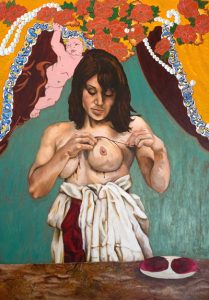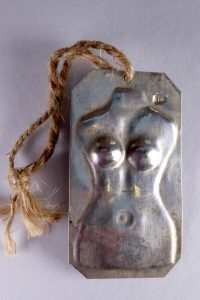 On the 14th November’18 we celebrated the Launch of our Website & Instagram ; Platforms to kick-start a dialogue around breasts, body positivity and the power of Curiosity.
On the 14th November’18 we celebrated the Launch of our Website & Instagram ; Platforms to kick-start a dialogue around breasts, body positivity and the power of Curiosity.
My Curiosity gave me a perspective on my breast cancer and my one breasted body ; By exploring the topic in a broad manner, I was able to take a distance from the illness and the loss and connect with others throughout history & time, art, culture, science and medicine. With the BBookproject we hope to inspire others to be Curious too…
The launch was a fabulous gathering of supporters and collaborators, celebrating and discussing the breast under a curiously floating exhibition above a very long dining table. (for more photo’s follow our Instagram posts)
Some quotes from our guests;
“Thank you so much for a truly inspirational evening. It was amazing to see so many different people with a connection to you / breast cancer, all with such a positive outlook on life. It was a totally unique evening…” Breast Cancer Haven
“I think what struck me the most was the feeling that the very premise of the project i.e. the breast, engenders an intimacy that allows an immediacy for free, heartfelt and open conversation… I was struck by a notion: of how difficult our relationship can often be with our bodies….and yet we place so much of our identity on its appearance…” Robbie Harris (Architect, Artist, Writer)
“Thank you for a splendid evening…glorious boob dessert! Great exhibition and presentation and very much enjoyed talking to some very lovely people.” Angel Zatorski (Artist)
“Thank you so much for a fabulous evening. I am so proud to be involved with your amazing project which I am sure is going to evolve further to fulfill its aim in raising awareness about the breast in such an artistic way.” Vian Salih (Breast Physician)














